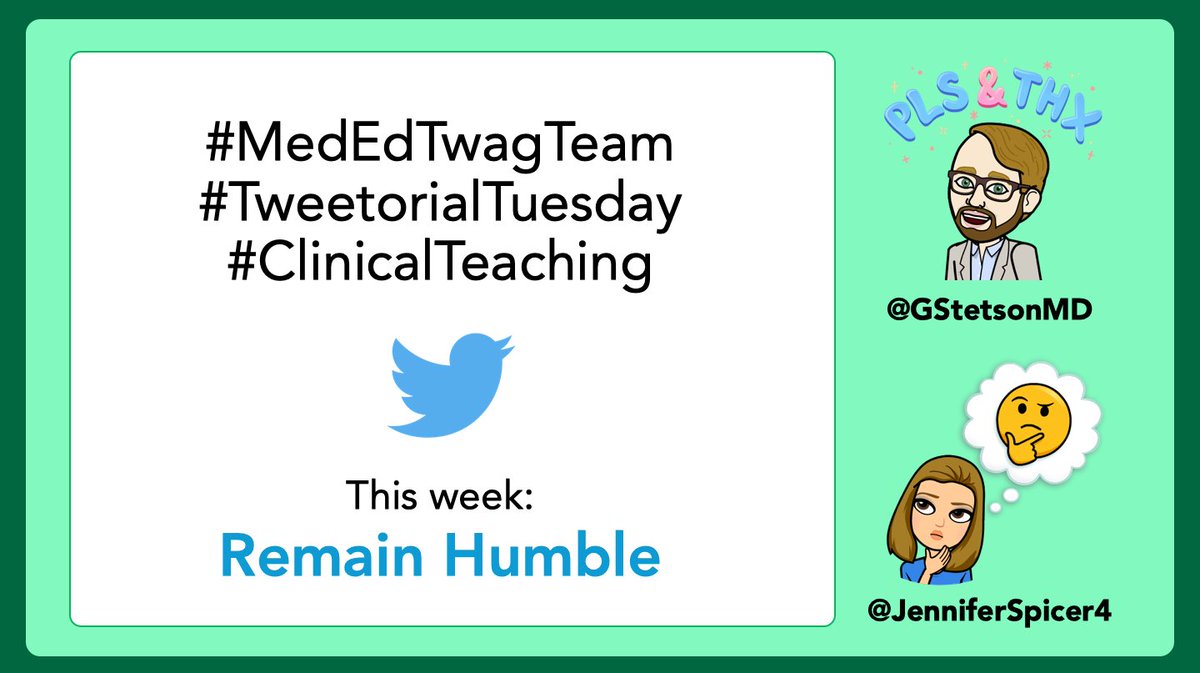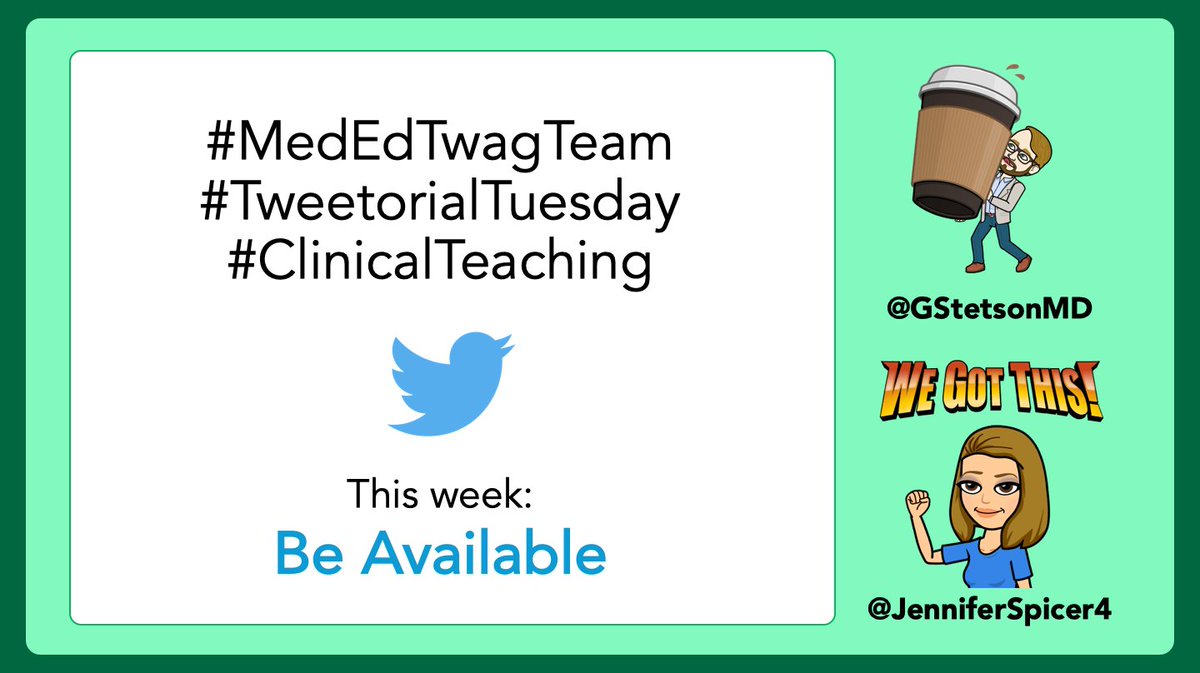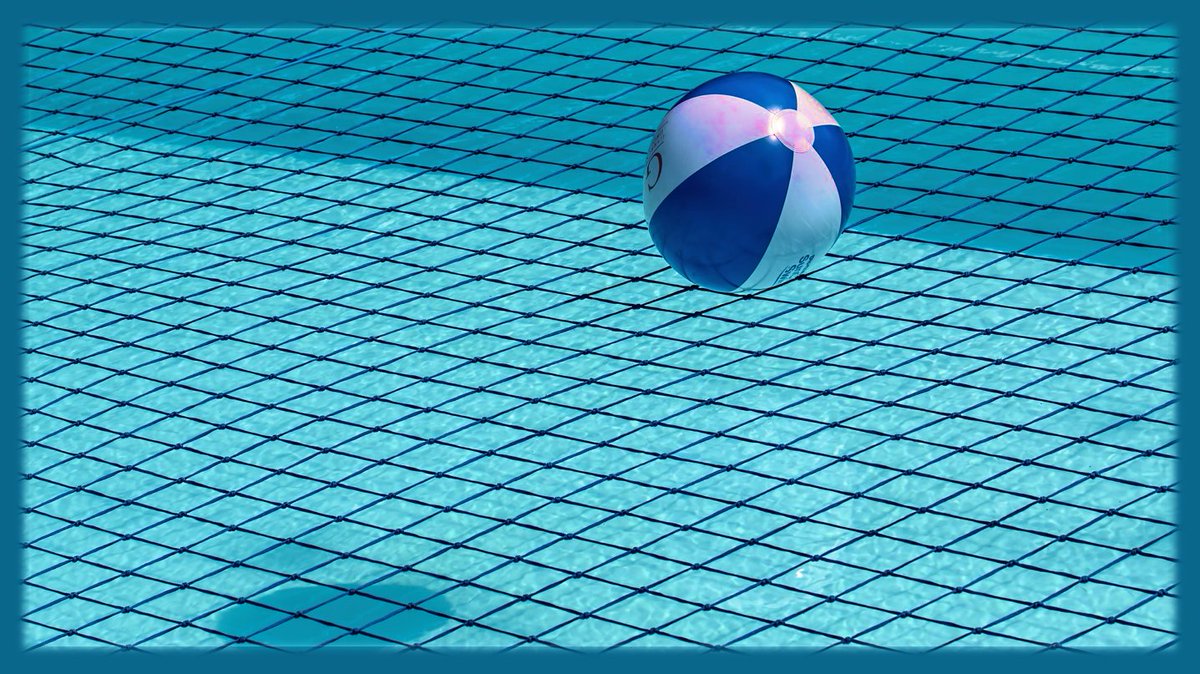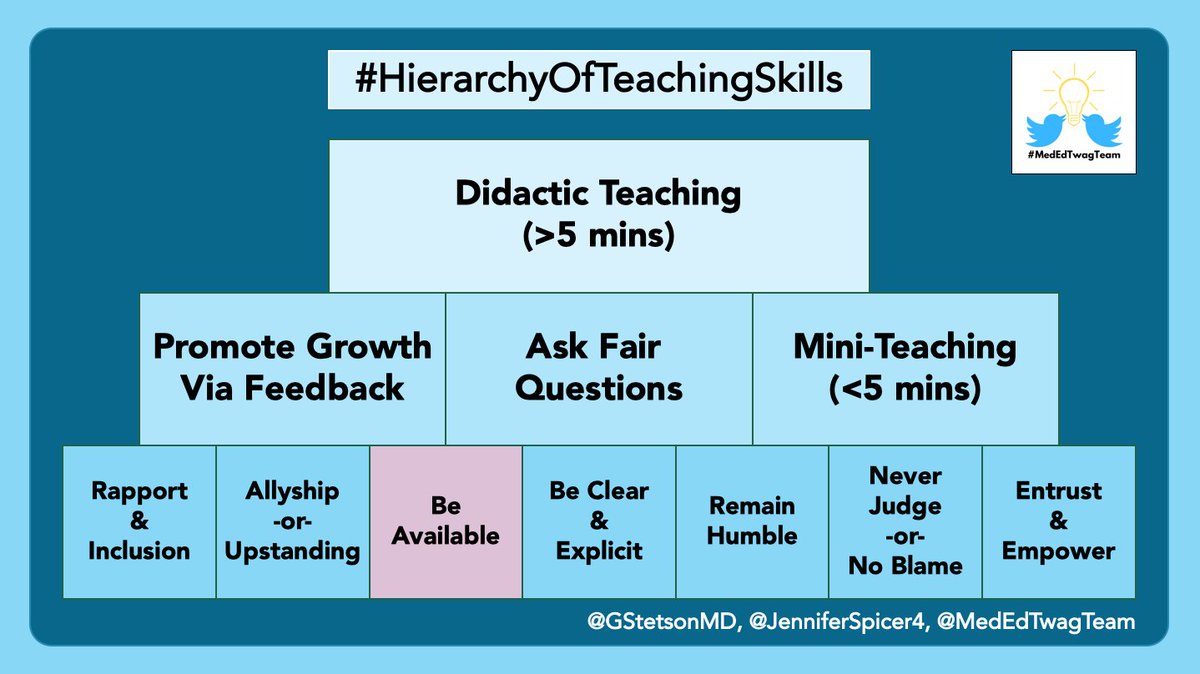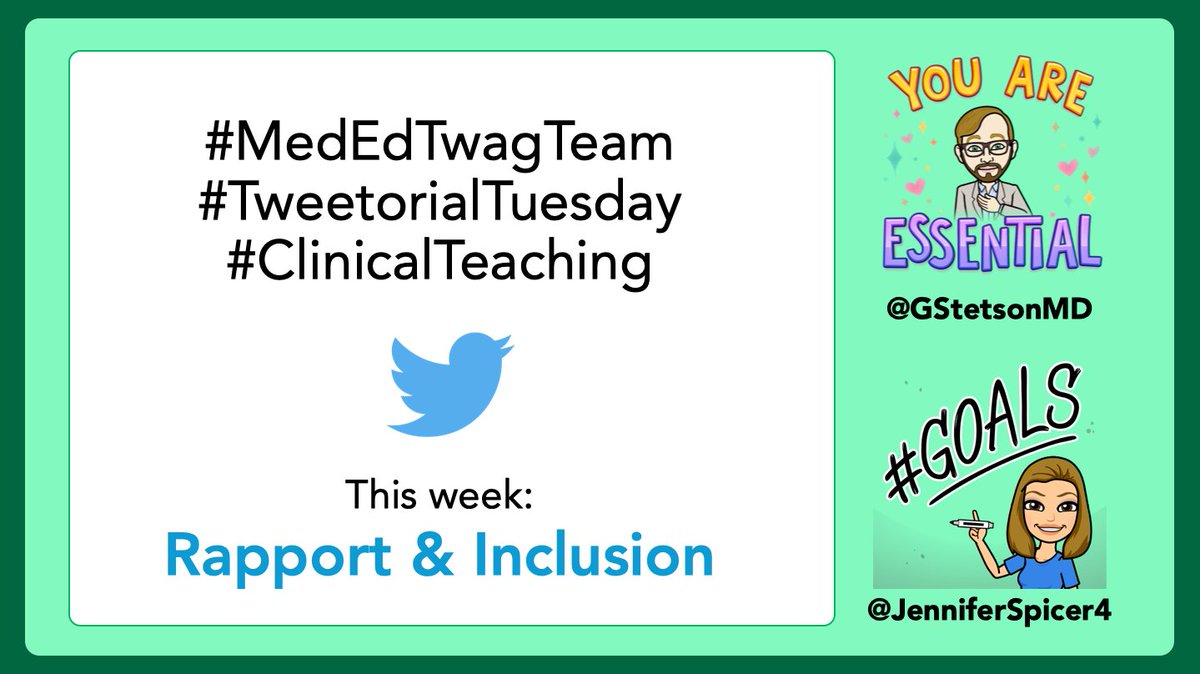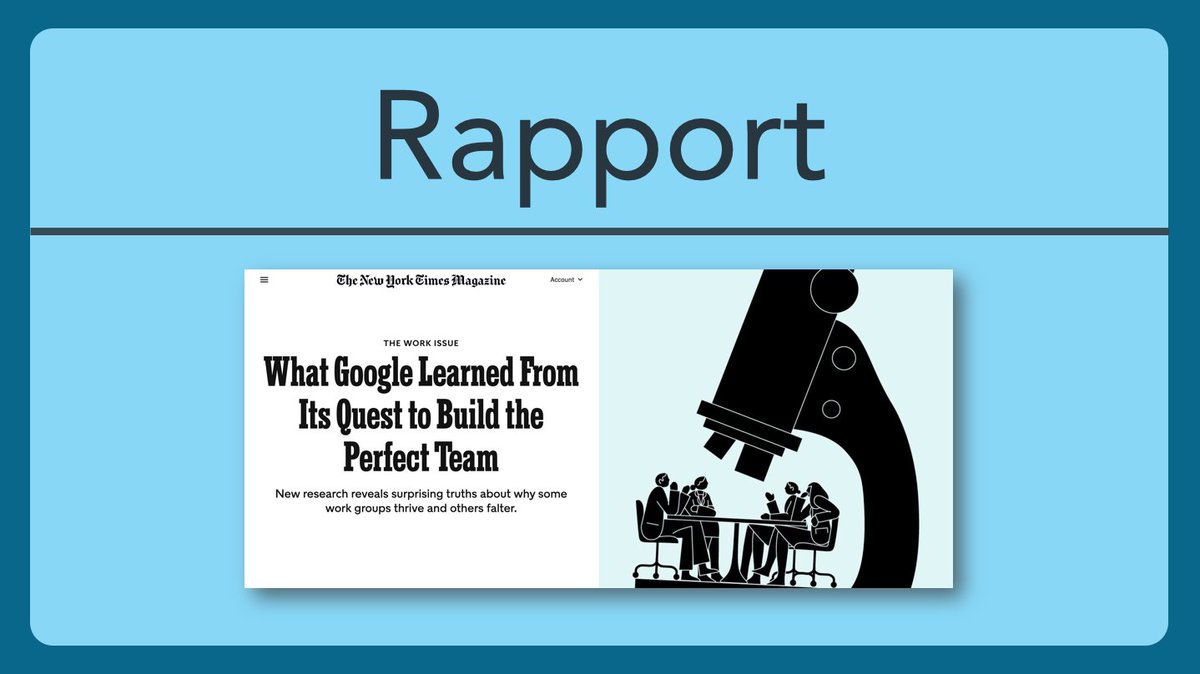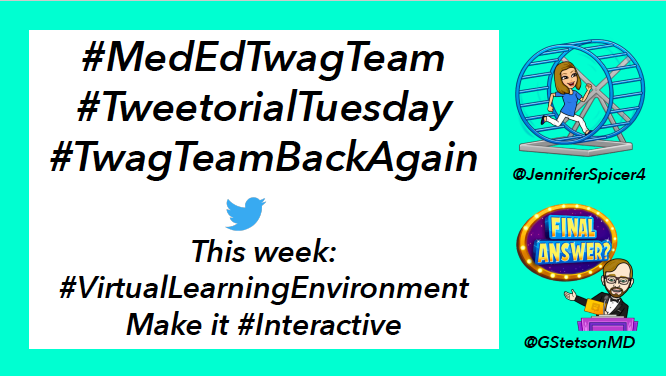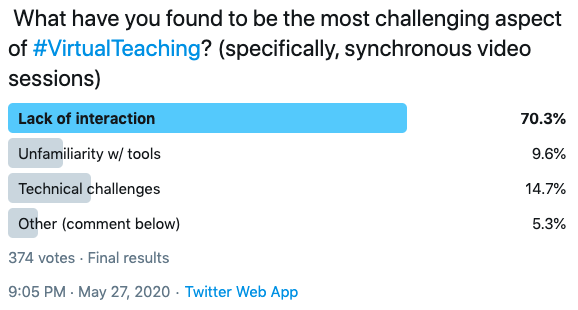
1/ Have you ever finished a feedback session as a teacher (or learner) and thought, “Wow, that went really badly?”
I know I have.
As a teacher AND a learner.
This week the #MedEdTwagTeam is providing you w/ a framework to analyze feedback.
To prevent that from happening again!
I know I have.
As a teacher AND a learner.
This week the #MedEdTwagTeam is providing you w/ a framework to analyze feedback.
To prevent that from happening again!
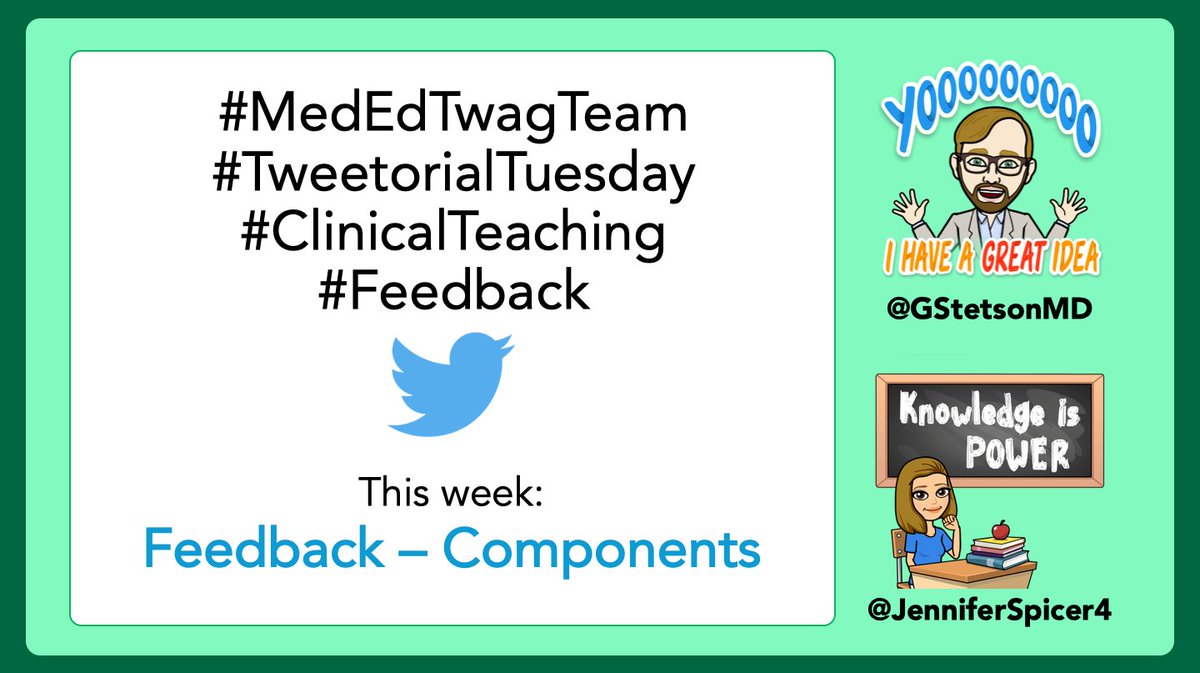
2/ This week’s @MedEdTwagTeam #MedEd tweetorial focuses on defining the characteristics of effective feedback.
This is Week #3 in our 10-week #feedback tweetorial series.
This is Week #3 in our 10-week #feedback tweetorial series.

3/ Here are 6 characteristics of effective #feedback that I want to highlight:
1⃣Setting (psychological & physical)
2⃣Timing
3⃣Specificity
4⃣Mixture of reinforcing & modifying
5⃣Learner engagement
6⃣Frequency
1⃣Setting (psychological & physical)
2⃣Timing
3⃣Specificity
4⃣Mixture of reinforcing & modifying
5⃣Learner engagement
6⃣Frequency

4/ The setting refers to both the psychological & the physical setting.
By “psychological setting”, I mean creating a good learning climate with clear expectations that emphasizes #GrowthMindset
See @GStetsonMD’s thread from last week:
By “psychological setting”, I mean creating a good learning climate with clear expectations that emphasizes #GrowthMindset
See @GStetsonMD’s thread from last week:
https://twitter.com/GStetsonMD/status/1361722281324642305
5/ Next, it’s important to find a good physical environment.
Find a place that is comfortable & quiet.
This is tough in a hospital.
Places I've used:
✅My office
✅End of the hallway
✅Empty team room, patient room, waiting room
✅Cafeteria
✅Outside (benches, gardens)
Find a place that is comfortable & quiet.
This is tough in a hospital.
Places I've used:
✅My office
✅End of the hallway
✅Empty team room, patient room, waiting room
✅Cafeteria
✅Outside (benches, gardens)
6/ Before giving feedback, we should consider the appropriateness of the timing.
Although we should give feedback as close as possible to specific events, we need to ensure that our learner is in an *appropriate mental space* for feedback.
If not, we should modify our timing.
Although we should give feedback as close as possible to specific events, we need to ensure that our learner is in an *appropriate mental space* for feedback.
If not, we should modify our timing.

7/ When giving feedback, we should be SPECIFIC by providing examples.
This can be difficult.
It's easy to forget things.
To remedy this, I create a "note" on my phone and type in specific behaviors that I notice every day.
By the end of the month, I have a wealth of examples!
This can be difficult.
It's easy to forget things.
To remedy this, I create a "note" on my phone and type in specific behaviors that I notice every day.
By the end of the month, I have a wealth of examples!

8/ Specificity makes it easier to give behavioral feedback, which promotes a #GrowthMindset
❌Avoid describing personal characteristics or inferences during feedback sessions, which promote a #FixedMindset
✅Rather, describe BEHAVIORS or ACTIONS that you noticed
❌Avoid describing personal characteristics or inferences during feedback sessions, which promote a #FixedMindset
✅Rather, describe BEHAVIORS or ACTIONS that you noticed

9/ Feedback is most effective when you provide a mixture of “positive” & “negative” feedback.
However, consider using the terms below:
*⃣Reinforcing: “keep doing that” (i.e. positive)
*⃣Modifying: “avoid that, do this instead” (i.e. negative)
We will use these for our threads.
However, consider using the terms below:
*⃣Reinforcing: “keep doing that” (i.e. positive)
*⃣Modifying: “avoid that, do this instead” (i.e. negative)
We will use these for our threads.
10/ So what’s the right mix of reinforcing & modifying feedback?
You should give more reinforcing than modifying feedback.
Data show that a 4:1 ratio is ideal.
hbr.org/2013/03/the-id…
You should give more reinforcing than modifying feedback.
Data show that a 4:1 ratio is ideal.
hbr.org/2013/03/the-id…
11/ When giving feedback, we need to remember that it’s a dialogue, not a monologue.
Learner engagement is key🗝️.
Get their reaction and involve them in an action plan.
More on this next week!
Learner engagement is key🗝️.
Get their reaction and involve them in an action plan.
More on this next week!

12/ Now, lastly, how often should we give feedback?
Honestly, we all give feedback on a daily basis by asking our learners questions.
But our learners don’t always recognize it as feedback, as illustrated in this study pubmed.ncbi.nlm.nih.gov/28272114/
Honestly, we all give feedback on a daily basis by asking our learners questions.
But our learners don’t always recognize it as feedback, as illustrated in this study pubmed.ncbi.nlm.nih.gov/28272114/

13/ Providing short, informal snippets of feedback on a daily basis is good, esp if it’s reinforcing.
For modifying feedback, make sure that you don’t overload your learners with too many things to work.
Instead, pick 1 point/day, max.
Save others & see if they happens again.
For modifying feedback, make sure that you don’t overload your learners with too many things to work.
Instead, pick 1 point/day, max.
Save others & see if they happens again.
14/ And, we should ideally have a longer “summative” feedback conversation at least twice during a rotation.
✅Once halfway through (to provide opportunity to implement action plan)
✅Once at the end
✅Once halfway through (to provide opportunity to implement action plan)
✅Once at the end

15/ To summarize, next time you are planning to give feedback, consider these components:
*⃣Setting (psychological & physical)
*⃣Timing
*⃣Specificity
*⃣Mixture of reinforcing & modifying
*⃣Learner engagement
*⃣Frequency
*⃣Setting (psychological & physical)
*⃣Timing
*⃣Specificity
*⃣Mixture of reinforcing & modifying
*⃣Learner engagement
*⃣Frequency

16/ Thanks for joining! Please share any comments or questions that you have.
Don’t forget to join @MedEdTwagTeam next Tuesday (3/2/21) when @GStetsonMD will discuss specific feedback methods!
#MedTwitter
#MedEd
Don’t forget to join @MedEdTwagTeam next Tuesday (3/2/21) when @GStetsonMD will discuss specific feedback methods!
#MedTwitter
#MedEd

• • •
Missing some Tweet in this thread? You can try to
force a refresh

